Filipinos are fond of adding extras to the things we consume. That’s why value meals with super-sized proportions are a thing, and that’s why MPVs with extra ground clearance and extra sporty aesthetic bits became popular this year – or at least their population increased.
Before this dreaded year started, the Toyota Rush and Honda BR-V were the sole true rivals of this segment. However, the Suzuki XL7, the “SUV” counterpart of the Ertiga, and the Mitsubishi Xpander Cross, the new range-topper variant of the popular Xpander MPV, have entered the arena.
This brings us to this question – is sporty necessarily better? And do those extra things you get worth the extra premium? I’ve tested the Xpander Cross and here are my thoughts.
Exterior
The Xpander Cross sports a busy fascia, primarily because of the restyled front bumper and the black serrated grille. On the side, the extra claddings and roof rails are obvious, but not the extra 20-25mm ground clearance from the regular Xpander and the bigger 17-inch Y-spoke rims, primarily because the dark plastics conceal the extra space from the ground.
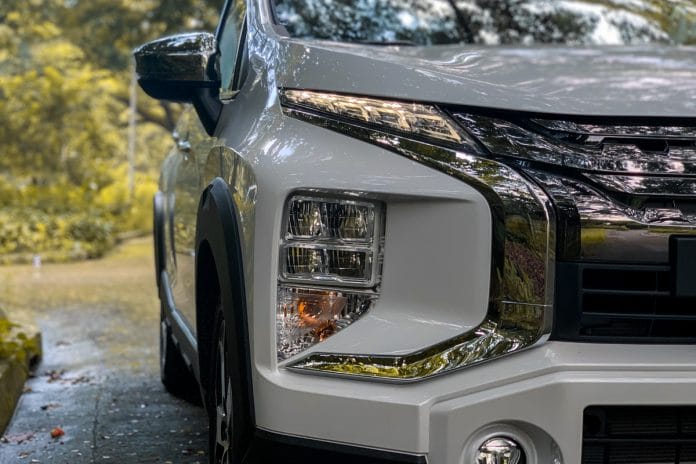
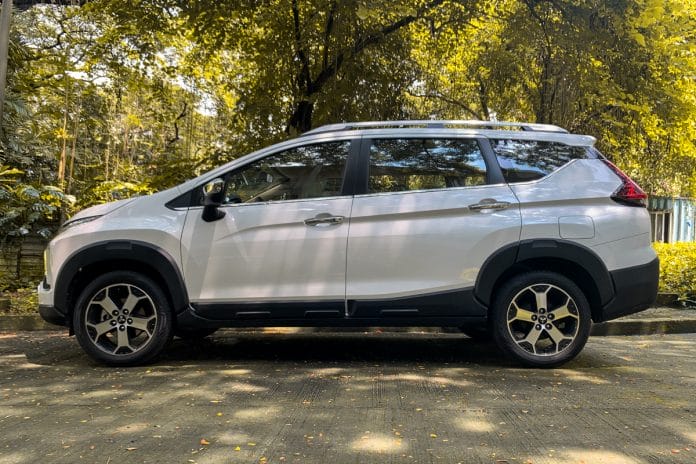
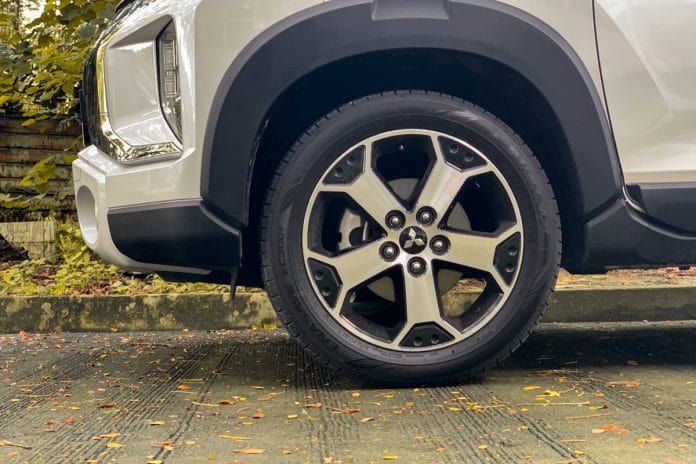
The rear-end is busier – more cladding, more extra bits, and more outlandish elements that could fool you into taking this MPV out on trails. I absolutely like the rear windshield outlined with shiny black plastics. One qualm, however, is that the extra thickness at the fenders makes the wheels look narrow when viewed directly from behind.
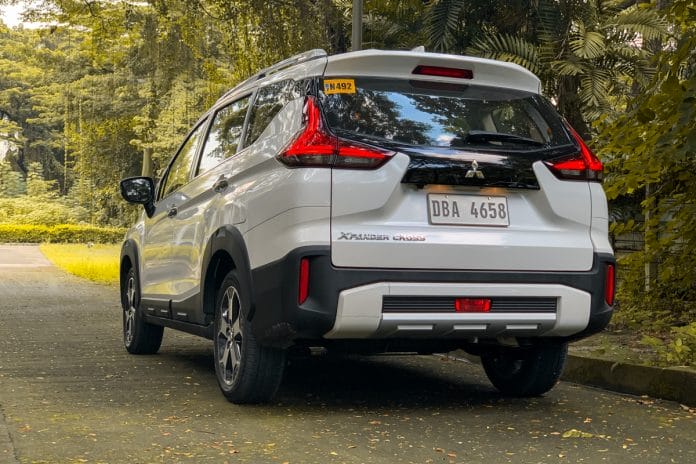
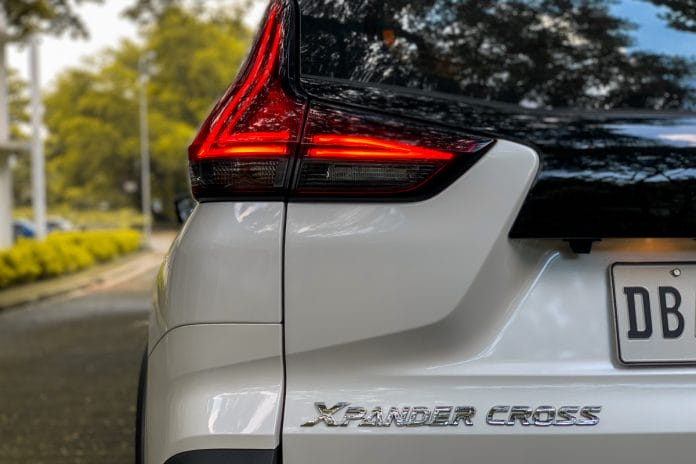
Now, whether you like the whole ensemble is entirely up to you. As for myself, I prefer the regular Xpander over the Cross counterpart, but I’ll take the latter’s rear windshield.
Interior
While the differences are more obvious outside, the Xpander Cross’ cabin doesn’t deviate much from the regular Xpander, sans the brown accents. That’s not entirely a bad thing – the Xpander’s appeal mainly banks on the practicality and flexibility it offers, which include several stowage areas scattered around the cabin. I particularly like the pull-out trays from underneath the seats – a perfect way to store footwear if you have to bring extra.
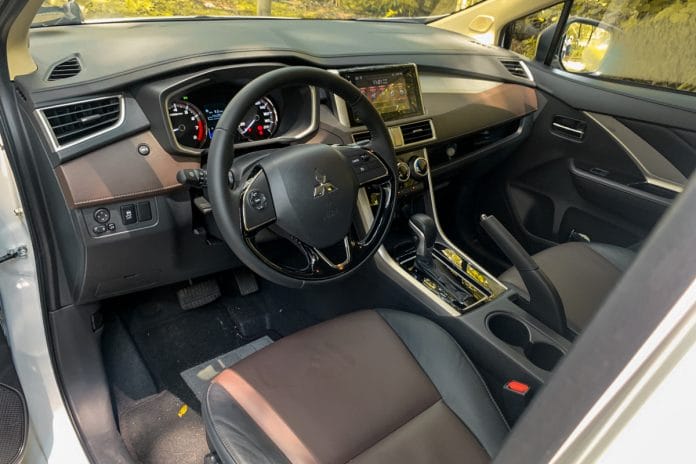
The additional seat height is apparent while you’re behind the steering wheel, almost comparable to the Adventure’s – though finding a suitable driving position’s easier with the modern spiritual successor. In the second row, space is adequate for three but can become a bit queasy when the two occupants on the third row demand more knee-room—possible with the slidable bench.
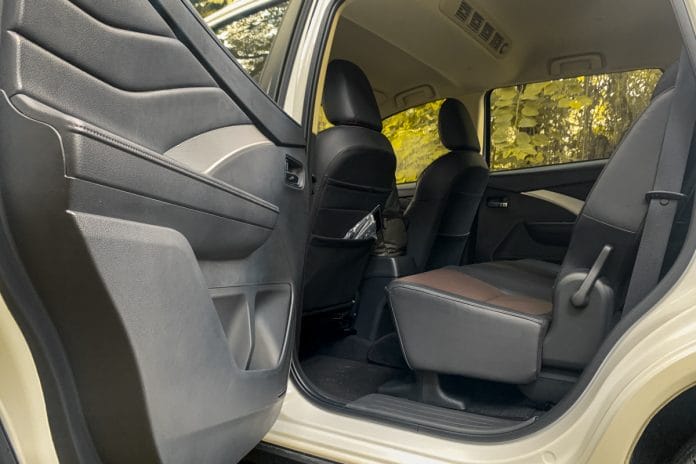

Default boot space is expectedly just okay, but folding both second- and third-row backrests reveals a massive cargo hold that can accommodate long and bulky items. Ease up on cargo-loading, though, as the maximum you can carry, whether inanimate things or people, is 565 kilograms including the driver.
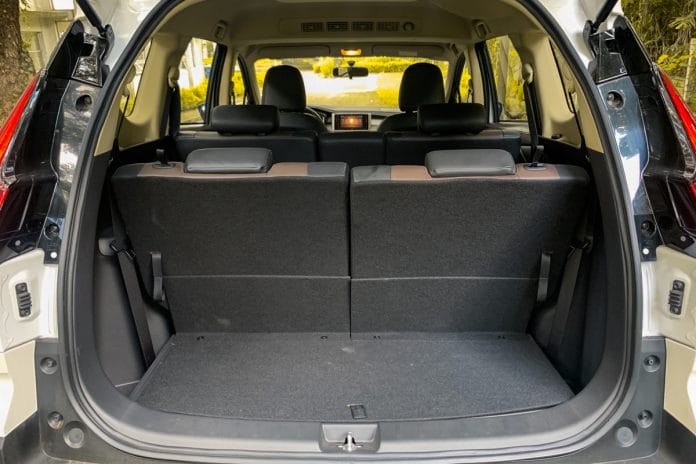
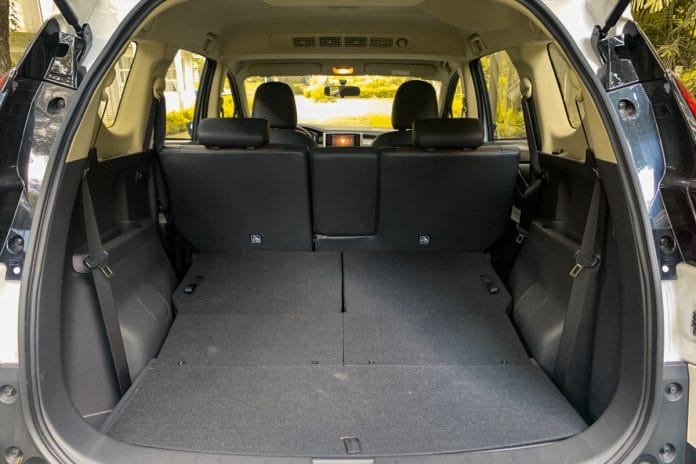
Technology & Safety
Extra safety features will never be a bad thing, so the additional Stability Control, Traction Control, and Hill Start Assist that come with the Xpander Cross matter a lot. In unison with the uniformly available features such as dual airbags, seatbelt reminders, ISOFIX tethers, and ABS with EBD, this vehicle’s above par in terms of things that could allow a worry-free journey.
Tech toys are pretty much a carryover from the GLS variant; the 7-inch touchscreen head unit with offline navigation and reverse camera display is the forefront of that. The screen’s resolution can be improved, though, and you don’t get Apple CarPlay and Android Auto smartphone integration. This means you have to make do with Bluetooth, auxiliary input, or iPod connection for onboard entertainment, played via a decent-sounding 6-speaker system.
Driving & Handling
This is where it got tricky. I liked the regular Xpander’s handling. It’s nimble, composed, and manageable on both straight-line and winding drives, slow in I-need-to-pee paces. But with the added height and different suspension tuning, the Xpander Cross suffered from noticeable dips and dives, mostly felt during stop and go uncivilized driving. Body roll is more prominent because of the higher center of gravity, though it remains composed when tackling tight corners. At least you won’t need to worry about gutters and ridiculously high parking stoppers, plus tackling unforgiving rough patches isn’t a worrisome ordeal.
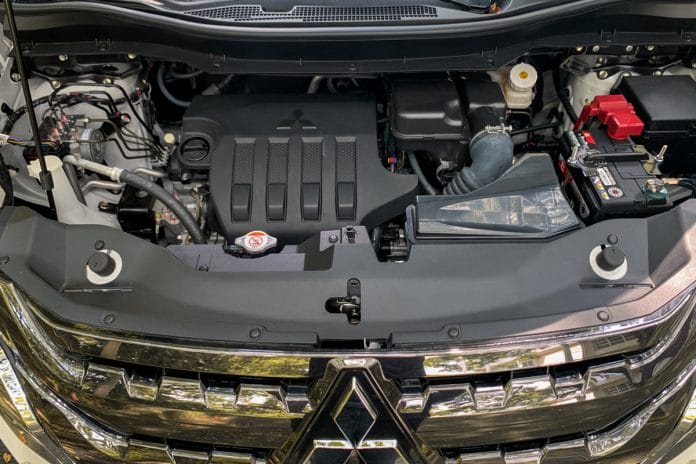
Power delivery’s pretty much the same as the regular Xpander, utilizing the 1.5-liter gasoline mill’s 103hp and 141Nm of torque at each gear. And that’s the thing, with only four gears at hand, you’ll feel the engine crawling through each gear’s power band to achieve your desired speed, which will suddenly feel overworked upon reaching legal speed limits.
Fuel efficiency
The added weight of the additional body parts didn’t affect the Xpander Cross’ frugality in sipping fuel. It averages 11.3 km/l in city traffic (30 to 40 km/h average), while highway runs with the cruise control set at 90 km/h returned 17.4 km/l. That was tested with two people aboard along with two small bags. Not too impressive but certainly not disappointing.
Verdict
As of this writing, P1,255,000 gets you the Xpander Cross that comes with extra design elements, extra flare, extra space from the ground but without extra capabilities – are these worth the money?
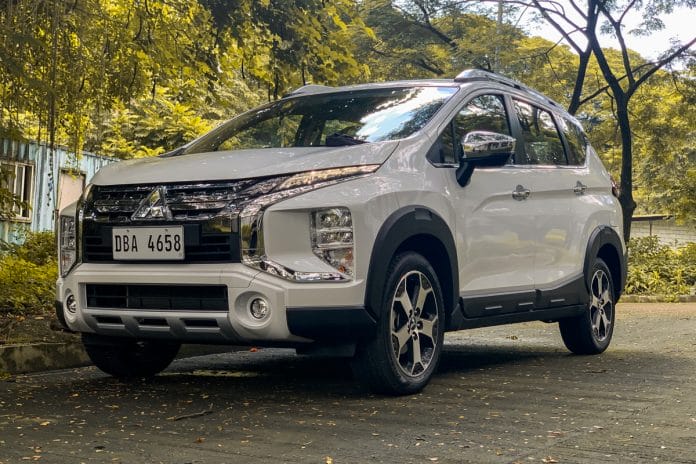
Admittedly, with an additional P127,000 from the next Xpander in the lineup, the Xpander Cross can be considered a superfluous purchase over an already great vehicle. You’ll get a better ride quality with the regular Xpander, though I need to point out that the additional safety features should make you consider going for the Xpander Cross.

